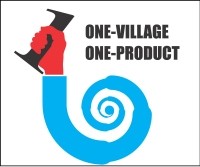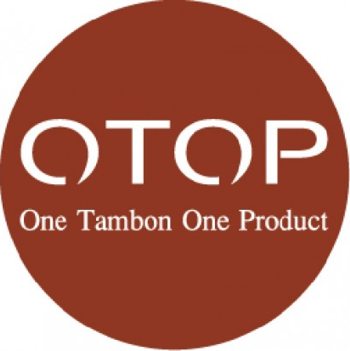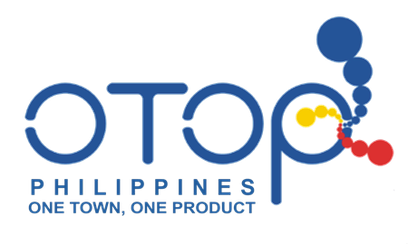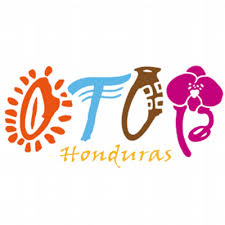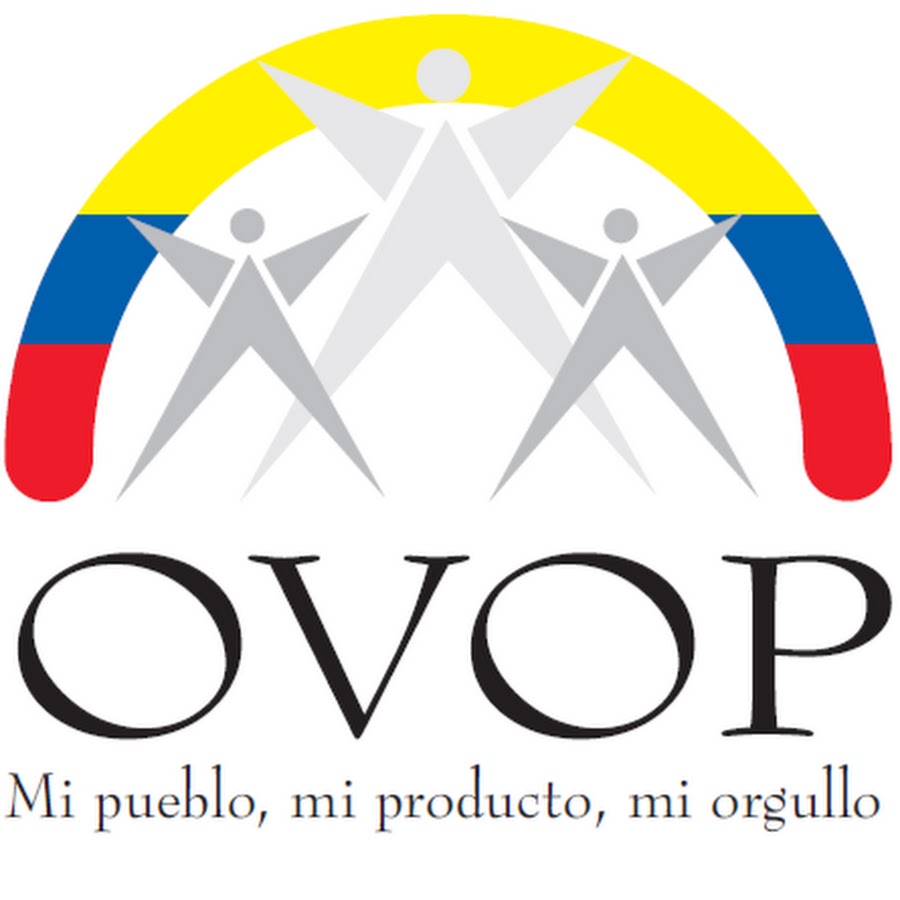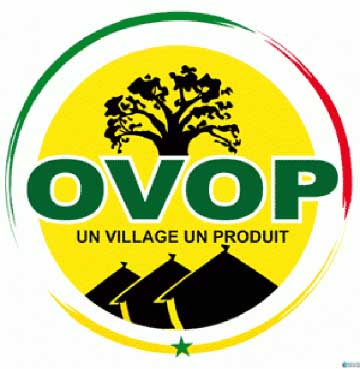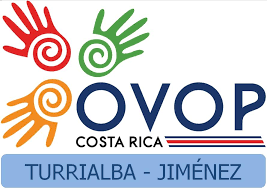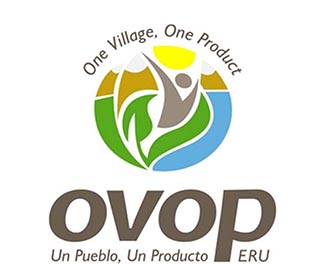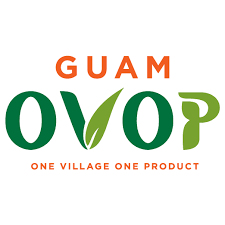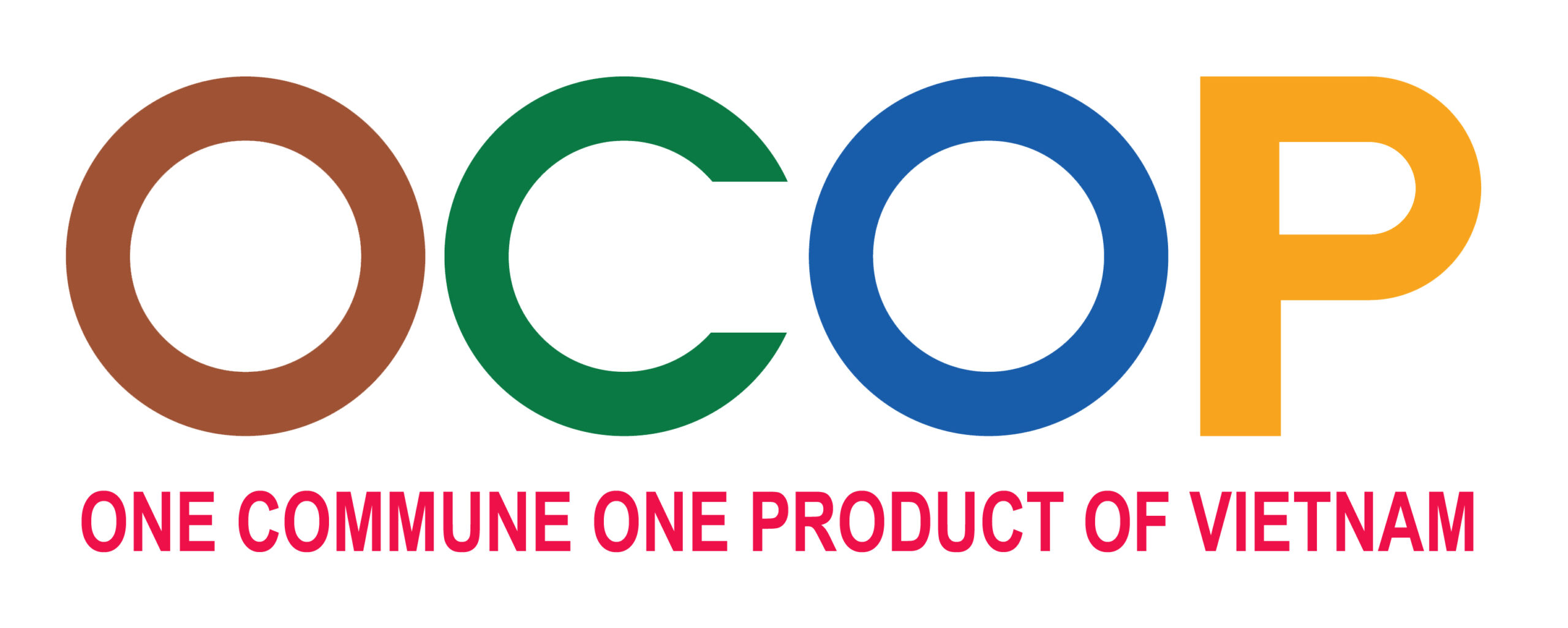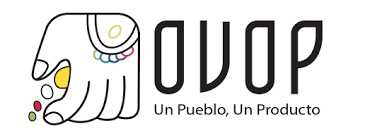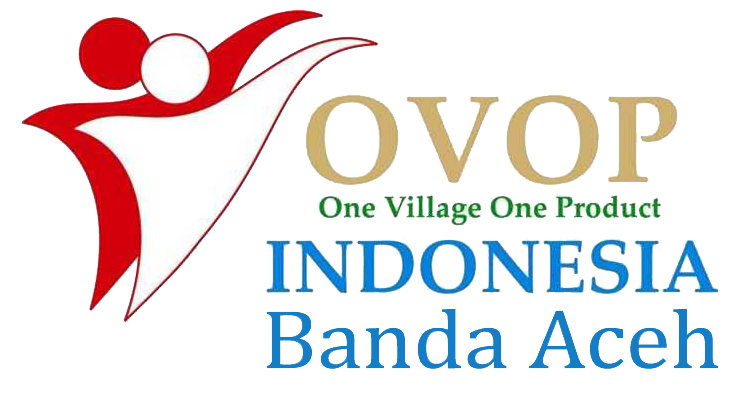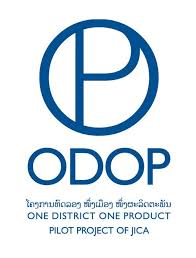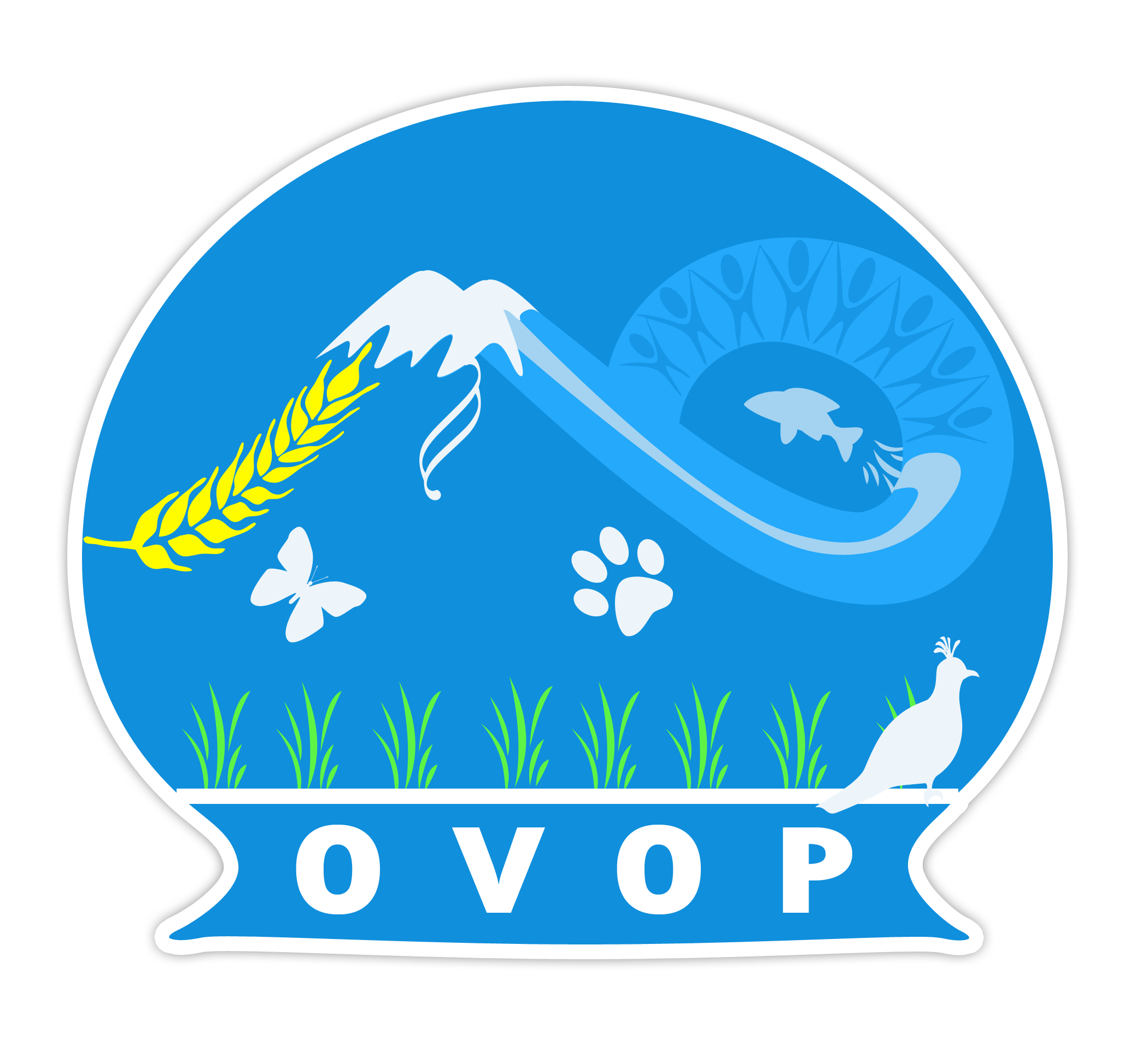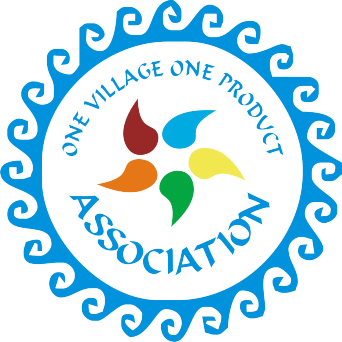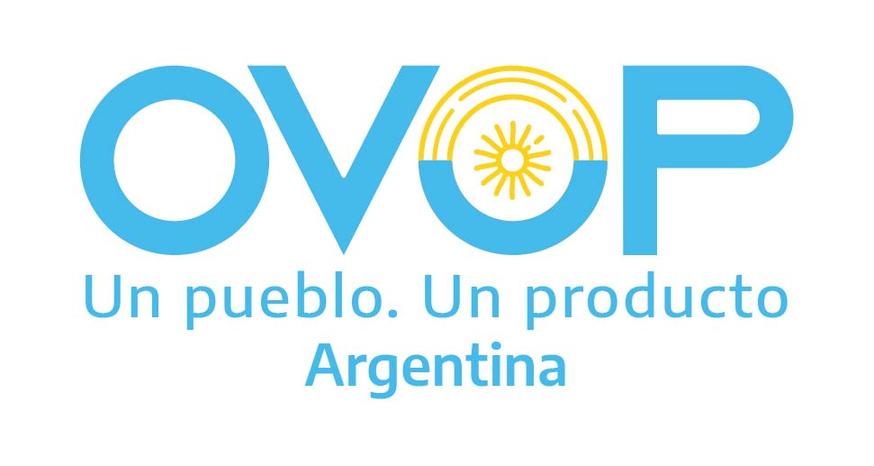1. Limited use of pesticides
To avoid health and environmental risks, the European Union (EU) has set maximum residue levels (MRLs) for pesticides in and on food products. Products containing more pesticides than allowed will be withdrawn from the European market. Note that buyers in several Member States such as the United Kingdom, Germany, the Netherlands and Austria use MRLs which are stricter than the MRLs laid down in European legislation. Supermarket chains maintain the highest standards and generally demand 33% to 100% of the legal MRL. The German discounter Lidl is one of the strictest, with a limit of 33% of the EU legal standard for single active substances. Some of the supermarket chains impose financial penalties when a violation of their limit is detected.
2. Avoiding contaminants
Contaminants are substances which have not been intentionally added to food but which may be present as a result of the various stages of its production, packaging, transport or holding. Similar to the MRLs for pesticides, the European Union has set limits for several contaminants. For fresh fruit and vegetables, your main concerns will be the contamination of lead, cadmium and nitrate (mainly for spinach, lettuce and rucola).
3. Microbiological criteria for pre-cut fruit
When supplying pre-cut fruit and vegetables, you must take into account microbiological hazards such as Salmonella and E. coli. Salmonella must be absent throughout the shelf life of a freshly cut product. E.coli should be practically absent during the manufacturing process.
European Regulation (EC) No 2073/2005 will provide you with information about testing methods, sampling plans and measuring limits.
4. Plant health and phytosanitary regulations
Fruit and vegetables exported to the European Union must comply with European legislation on plant health. The European Union has laid down phytosanitary requirements to prevent the introduction and spread of organisms harmful to plants and plant products in Europe. These requirements are managed by the competent food safety authorities in the importing and exporting countries. Most importantly, your home country needs to have phytosanitary agreements with the European Union in place. Otherwise, you will not be allowed to export to Europe.
Most fresh fruit and vegetables are subject to health inspections, and require phytosanitary certificates prior to shipping. This group includes leafy vegetables, tomatoes, peppers, citrus fruit, stone fruit, berry fruit, apples, pears, mangoes and avocados, among many other things. You can find these products and their Latin names in Annex V, Part B of the updated European Plant Health Directive 2000/29/EC (September 2019). Fresh fruits that do not require a phytosanitary certificate are pineapple, banana, coconut, durian and dates.
5. Marketing standards
European legislation sets general and specific marketing standards for the minimum quality of fresh fruit and vegetables. A marketing standard determines the characteristics of “Extra Class”, Class I and Class II products, the minimum maturity, the different size codes, and the allowed tolerances in quality and size. Over the years, the marketing standards have been aligned with the UNECE standards for fresh fruit and vegetables. These standards provide guidance to businesses and generally change little.
The preferred sizes sometimes vary between the different European markets, but the quality is generally “Extra Class” or Class I. You might find a market for Class II products in some Eastern European countries, the processing industry or less formal segments.
6. Control of food imported in the European Union
To ensure food safety and avoid environmental damage, your products will be subjected to official controls. These controls are carried out to ensure that all foods marketed on the European market are safe and are in compliance with all applicable regulatory requirements. Compulsory plant health checks are carried out on all plants and plant products coming from non-EU countries (listed in Annex V, Part B of Directive 2000/29/EC) for:
- Phytosanitary certificates and documents to ensure that the consignment meets EU requirements
- Identity to ensure that the consignment corresponds to the certificate
- Inspection to ensure that the consignment is free from harmful organisms.
EU countries collect a fee for the documentary, identity and plant health checks, to be paid by the importer or their customs representative. This fee is usually settled with the account of sales and final payment of the buyer.
7. Labelling and packaging
Food placed on the EU market must meet the legislation on food labelling. Trade packages and cartons of fresh fruit or vegetables must mention the following particulars:
- Name and address of the packer or dispatcher
- Name and variety of the produce (if the produce is not visible from the outside of the packaging)
- Country of origin
- Class and size (referring to the marketing standards)
- Lot number for traceability or GGN if certified GLOBALG.A.P. (recommended)
- Official control mark to replace name and address of the packer (optional)
- Post-harvest treatment; for example, anti-moulding agents added in a post-harvest treatment of citrus fruits must be mentioned on the trade package
- Organic certification, including name of inspection body and certification number (if applicable).
When fruit or vegetables are processed or directly packed for consumption, you must include appropriate labelling for consumers
- Common name of the product
- Full name of the country of origin
- Name and address of the producer, packer, importer, brand owner or seller (retailer) in the EU who places the product on the market, and the wording “Packed for:”, if applicable
- Net content in weight
- Minimum durability – a best-before date (on all processed fruit and vegetables, such as freshly cut)
- Producer identification or lot number
- List of ingredients (if applicable), including additives and post-harvest treatment
- Allergenic declaration (if applicable)
- Declaration of nutritional value (when mixed with other foodstuffs)
- Packed in protective atmosphere, if applicable
- Additional information about quality class, size, variety or commercial type and post-harvest treatment on the product labelling or in close proximity (on the shelf) for products with specific marketing standards.
The European Union (EU) requires that the text on the label must be written in one of the official languages of an EU Member State and be understandable for the consumer.
Source: https://www.cbi.eu/market-information/fresh-fruit-vegetables







